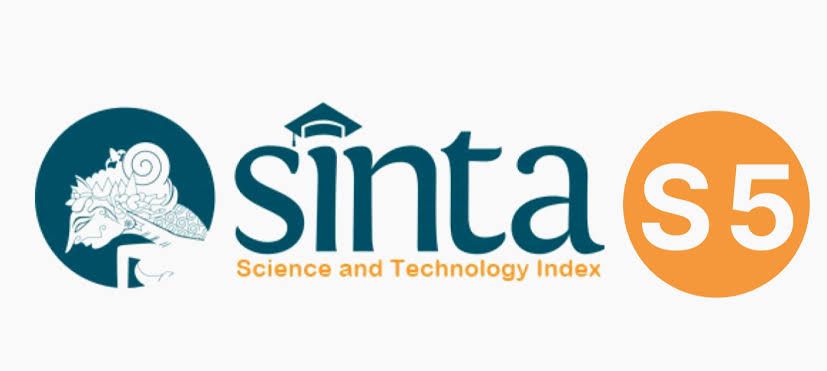Intraventricular Fluid Injection as a Novel Treatment of Subdural Fluid Collection after VP Shunt Overdrainage: A Case Report
DOI:
https://doi.org/10.32734/aanhsj.v3i1.5899Keywords:
intraventricular fluid collection, subdural fluid collection, ventriculoperitoneal shunt, hydrocephalusAbstract
Introduction: Subdural fluid collection is one of many complications of ventriculoperitoneal (VP) shunt. Variety of surgical procedures have been applied for the treatment of the post VP shunt subdural fluid collection, but the ideal surgical treatment remains controversial.
Case Report: This is a case report of 14 years old boy who had a history of multiple VP shunt revisions for post hemorrhagic hydrocephalus with subdural fluid collections due to cerebrospinal fluid (CSF) overdrainage.
Result: The author performed intraventricular fluid injection via shunt valve to expand the brain mantle and drain the subdural fluid through a small craniotomy. This is the first case report using the novel “fluid infusion†technique for the treatment of intractable subdural fluid collection after the VP shunt overdrainage.
Conclusion: The technique can bring potentially great impact for the future treatment of symptomatic subdural fluid collection associated with CSF overdrainage after VP shunt.
Downloads
Downloads
Published
How to Cite
Issue
Section
License
Copyright (c) 2021 Asian Australasian Neuro and Health Science Journal (AANHS-J)

This work is licensed under a Creative Commons Attribution-NonCommercial-NoDerivatives 4.0 International License.
The Authors submitting a manuscript do understand that if the manuscript was accepted for publication, the copyright of the article shall be assigned to AANHS Journal.
The copyright encompasses exclusive rights to reproduce and deliver the article in all forms and media. The reproduction of any part of this journal, its storage in databases and its transmission by any form or media will be allowed only with a written permission from Asian Australasian Neuro and Health Science Journal (AANHSJ).
The Copyright Transfer Form can be downloaded here.
The Copyright form should be signed originally and sent to the Editorial Office in the form of original mail or scanned document.














